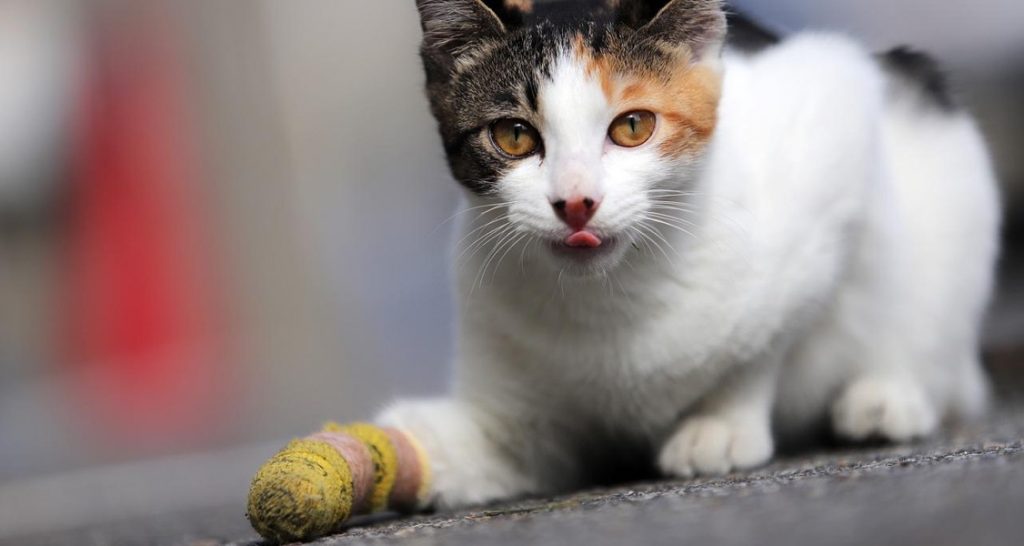Many pet parents worry when their companions sustain injuries. Besides pain and discomfort, wound healing problems can jeopardize their pets’ health. Cold plasma therapy is a modern technology with powerful potential in human medicine. Researchers believe that cold plasma wound care for pets could completely transform wound management in veterinary medicine.
How Do Animal Wounds Heal?
How could cold atmospheric plasma therapy aid in wound care? To answer that question, we should review the wound healing process. It occurs in three stages: inflammation, proliferation, and remodeling. Merck’s Veterinary Manual breaks down how these three stages work:
- Inflammation involves controlling blood flow to the wound by contracting and expanding blood vessels, causing localized swelling. White blood cells combat bacteria and remove foreign substances.
- Proliferation allows fibroblasts to travel to the wound and produce collagen. Capillaries supply critical blood and nutrients to fibroblasts while they rebuild damaged tissues.
- Remodeling occurs when new collagen reorganizes itself along skin tension lines. This process helps the new tissue become stronger.
Dog and cat wound care is different for surgical scars and open wounds. Since most incisions are closed, new skin can form within a couple of days. Open wounds take longer because granulation tissue must fill in vacant areas. Only then can new skin grow on these wounds.
What Can Go Wrong During Healing?
Wound healing involves complex biological processes. Recovery can take two to four weeks while tissues regenerate and reorganize. During that time, a lot can go wrong. Wounds may heal slowly or never, compromising an animal’s health.
Several factors can impair wound healing for dogs and cats. Poor blood supply robs a wound of essential nutrients and oxygen. Extreme cold and malnutrition can undermine protein formation. External agents such as antiseptics and NSAIDs can interfere with healing. Bacteria in the wound may multiply quickly, forming a biofilm that prevents immune cells from doing their jobs. Persistent biofilms can lead to severe infections, which slow down wound healing.
How Does Cold Plasma Therapy Help?
Chronic wounds or gangrene may result from interrupted healing. Cold atmospheric plasma therapy targets their chief causes by destroying bacteria and encouraging new cell formation. This method uses plasma, an electrically charged gas typically created at extremely high temperatures. Cold plasma creation removes electrons by firing other electrons at the gas at super-fast speeds.
Cold plasma wound care for pets typically uses argon. Veterinarians aim small wands at animals’ wounds and discharge the plasma. Every injury is different, but Tufts University veterinarians have seen results after two treatment sessions. Wound healing improves with reduced inflammation, bleeding, and infections.
Tufts University veterinarians are also considering cold plasma’s applications in pet dentistry. The small wands used for these treatments can deliver plasma to hard-to-reach areas of an animal’s mouth. Tufts is the first veterinary facility in North America to treat live patients with cold plasma therapy.
How Did Cold Plasma Therapy Develop?
Low-pressure plasma first developed in the 1960s for decontaminating hard surfaces. During the 1990s, researchers discovered that cold atmospheric plasma could also kill harmful microbes in living tissues. Studies in the 2000s and 2010s showed that CAP could destroy microbes and cancer cells without killing living tissues. In 2019, the United States Food and Drug Administration approved cold plasma therapy clinical trials. Researchers are testing its effectiveness in wiping out remaining cancer cells after malignant tumor removal.
Wound management is essential in medical and veterinary practices. Cold atmospheric plasma therapy offers healing, disinfection, and cancer-killing properties in animals and humans. If further studies bring positive results, cold plasma wound care for pets could be coming to a veterinarian’s office near you.
